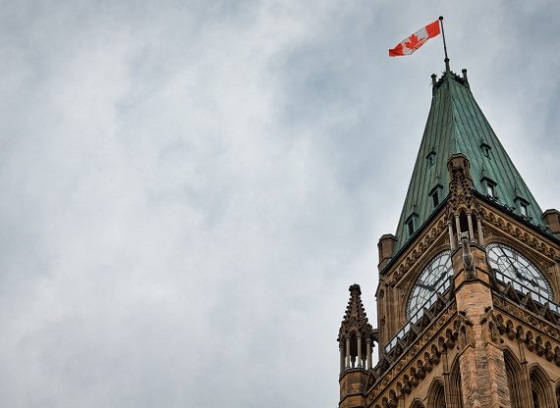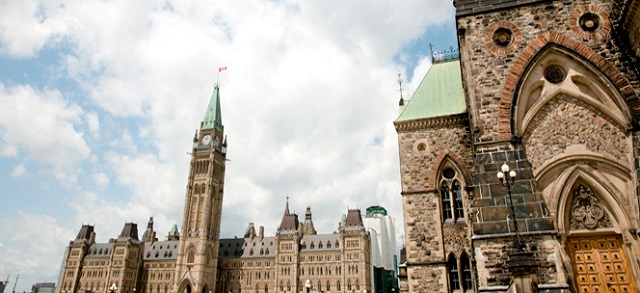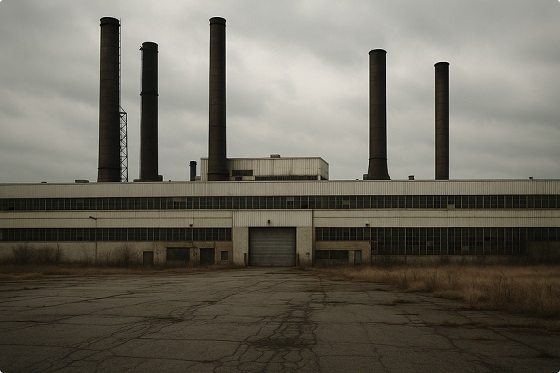Energy
173 day long disaster in India ended by Piston Well Services of Red Deer

Burning since June 9, a well blowout at Baghjan, India had foiled all who were tasked with somehow stopping the flames. Oil India Limited (OIL) tried regional companies and then it reached out internationally. Now one was able to fix this well blowout until they called in Piston Well Services Inc. The Red Deer based company was able to kill the well within days.
From the LinkedIn account of Piston Well Services Inc.
Alert Disaster Control (ALERT), with their well intervention service partner, Piston Well Services, have completed the critical well killing operation in Assam, India.
Piston Well Services mobilized a 142K Snubbing/Hydraulic Workover Unit and specialists to India to assist ALERT in the final phase of the well kill operation. Oil India Limited. officially designated the well as ‘killed’ on November 15 at 1400 hrs local time.
ALERT and Piston Well Services thank everyone that contributed and persevered through the unprecedented logistical challenges to support the operations. Oil India Limited’s commitment to the successful conclusion of the operations, will continue to support the local community and ensure the ongoing protection of the sensitive adjoining wetland areas.
#canadianenergy #albertaenergy #teampiston
News Video from RepublicWorld.com
The good news comes in the evening
OIL tweeted at 5.35 pm on Sunday: “Baghjan blowout well successfully killed: The well has been killed with brine solution & under control now. Fire has been doused completely. There is no pressure in the well now & the same will be observed for 24 hours to check if there is any amount of gas migration & pressure build up.”
The way ahead
What is snubbing unit and the process?
Baghjan gas well No 5 — India’s longest well on fire
Business
Carney and other world leaders should recognize world’s dependence on fossil fuels
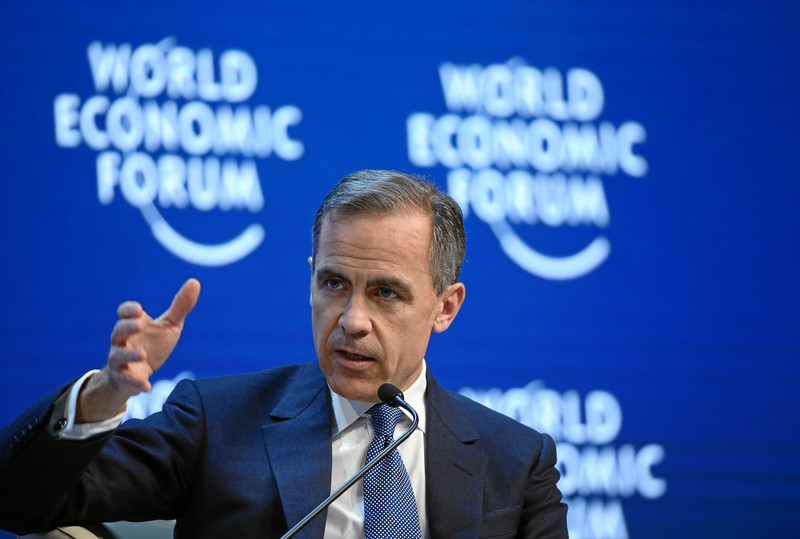
From the Fraser Institute
By Julio Mejía and Elmira Aliakbari
Simply put, despite trillions invested in the energy transition, the world is more dependent on fossil fuels today than when the United Nations launched its first COP. No wonder that ahead of COP30, leading voices of the net-zero-by-2050 agenda, including Bill Gates, are acknowledging both the vital role of fossil fuels on the planet and the failure of efforts to cut them.
On the heels of his first federal budget, which promises more spending to promote a “green economy,” Prime Minister Carney will soon fly to Brazil for COP30, the 30th United Nations climate summit. Like the former Trudeau government, the Carney government has pledged to achieve “net-zero” emissions in Canada—and compel other countries to pursue net-zero—by 2050. To achieve a net-zero world, it’s necessary to phase out fossil fuels—oil, natural gas, coal—or offset their CO2 emissions with technologies such as “carbon capture” or large-scale tree planting.
But after trillions of dollars spent in pursuit of that goal, it appears more unrealistic than ever. It’s time for world leaders, including Canada’s policymakers, to face reality and be honest about the costly commitments they make on behalf of their citizens.
For starters, carbon capture—the process of trapping and storing carbon dioxide so it’s unable to affect the atmosphere—is a developing technology not yet capable of large-scale deployment. And planting enough trees to offset global emissions would require vast amounts of land, take decades to absorb significant CO2 and risk unpredictable losses from wildfires and drought. Due to these constraints, in their net-zero quest governments and private investors have poured significant resources into “clean energy” such as wind and solar to replace fossil fuels.
According to the International Energy Agency (IEA), from 2015 to 2024, the world’s public and private investment in clean energy totalled and estimated US$14.6 trillion (inflation-adjusted). Yet from 1995 (the first COP year) to 2024, global fossil fuel consumption increased by more than 64 per cent. Specifically, oil consumption grew by 39 per cent, natural gas by 96 per cent and coal by 76 per cent. As of 2024, fossil fuels accounted for 80.6 per cent of global energy consumption, slightly lower than the 85.6 per cent in 1995.
The Canadian case shows an even greater mismatch between Ottawa’s COP commitments and its actual results. Despite billions spent by the federal government on the low-carbon economy (electric vehicle subsidies, tax credits to corporations, etc.), fossil fuel consumption in our country has increased by 23 per cent between 1995 and 2024. Over the same period, the share of fossil fuels in Canada’s total energy consumption climbed from 62.0 to 66.3 per cent.
Simply put, despite trillions invested in the energy transition, the world is more dependent on fossil fuels today than when the United Nations launched its first COP. No wonder that ahead of COP30, leading voices of the net-zero-by-2050 agenda, including Bill Gates, are acknowledging both the vital role of fossil fuels on the planet and the failure of efforts to cut them.
Why has this massive effort, which includes many countries and trillions of dollars, failed to transition humanity away from fossil fuels?
As renowned scholar Vaclav Smil explains, it can take centuries—not decades—for an energy source to become globally predominant. For thousands of years, humanity relied on wood, charcoal, dried dung and other traditional biomass fuels for heating and cooking, with coal only becoming a major energy source around 1900. It took oil 150 years after its introduction into energy markets to account for one-quarter of global fossil fuel consumption, a milestone reached only in the 1950s. And for natural gas, it took about 130 years after its commercial development to reach 25 per cent of global fossil fuel consumption at the end of the 20th century.
Yet, coal, oil and natural gas didn’t completely replace traditional biomass to meet the surging energy demand as the modern world developed. As of 2020, nearly three billion people in developing countries still relied on charcoal, straw and dried dung to supply their basic energy needs. In light of these facts, the most vocal proponents of the global energy transition seem, at the very least, out of touch.
The world’s continued reliance on fossil fuels should prompt world leaders at COP30 to exercise caution before pushing the same unrealistic commitments of the past. And Prime Minister Carney, in particular, should be careful not to keep leading Canadians into costly ventures that lead nowhere near their intended results.
Daily Caller
McKinsey outlook for 2025 sharply adjusts prior projections, predicting fossil fuels will dominate well after 2050


From the Daily Caller News Foundation
A new report from McKinsey & Company, the “Global Energy Perspective,” lays bare what many of us – dismissed as “climate deniers” – have been asserting all along: Coal, oil and natural gas will continue to be the dominant sources of global energy well past 2050.
The McKinsey outlook for 2025 sharply adjusts prior projections. Last year, the management consultant’s models had coal demand falling 40% by 2035. Today, McKinsey projects an uptick of 1% over the same period. The dramatic reversal is driven by record commissioning of coal-fired power plants in China, unexpected increases in global electricity use, and the lack of viable alternatives for industries like steel, chemicals and heavy manufacturing.
The report states that the three fossil fuels will still supply up to 55% of global energy in 2050, a forecast that looks low to me. Today’s share for hydrocarbons is about 64%.
Dear Readers:
As a nonprofit, we are dependent on the generosity of our readers.
Please consider making a small donation of any amount here.
Thank you!
In any case, McKinsey’s report confirms what seasoned energy analysts and pragmatic policymakers have long maintained: The energy transition will not be swift, simple, or governed solely by climate targets. In fact, this energy transition will not happen at all without large scale deployment of nuclear, geothermal or other technological innovations that prove practical.
In places such as India, Southeast Asia and sub-Saharan Africa, the top energy priorities are access, affordability and reliability, which together add up to national security. Planners are acutely aware of a trap: Sole reliance on weather-dependent power risks blackouts, industrial disruption, economic decline and civil unrest.
That is why many developing nations are embracing a dual track: continued investment in conventional generation (coal, gas, nuclear) while developing alternative technologies. McKinsey says this in consultancy lingo: “Countries and regions will follow distinct trajectories based on local economic conditions, resource endowment, and the realities facing particular industries.”
In countries like India, Indonesia and Nigeria, the scale of electrification and industrial expansion is enormous. These countries cannot afford to wait decades for perfect solutions. They need “reliable and good enough for now.” That means conventional fuels will be retained.
McKinsey’s analysis also underscores what physics and engineering dictate: Intermittent and weather-dependent sources, such as wind and solar, require vast land areas, backup batteries and generation and power-grid investments, none of which come cheaply nor quickly.
The technologies of wind and solar branded as renewable should instead be called economy killers. They make for expensive and unstable electrical systems that have brought energy-rich nations like Germany to their knees. After spending billions of dollars on unreliable wind turbines and solar panels and demolishing nuclear plants and coal plants, the country is struggling with high prices and economic stagnation.
The Germans now have a word for their self-inflicted crisis: Dunkelflaute. It means “dark doldrums”—a period of cold, sunless, windless days when their “green” grid fails. During a Dunkelflaute in November 2024, fossil fuels were called on to provide 70% of Germany’s electricity.
If “renewables” were truly capable, planners would shut down fossil fuel generation. But that is not the case. While wind and solar are pursued in some places, coal and natural gas remain much sought-after fuels. In the first half of 2025 alone, China commissioned about 21 gigawatts (GW) of new coal-fired capacity, which is more than any other country and the largest increase since 2016.
Further, China has approved construction of 25 GW of new coal plants in the first half of 2025. As of July, China’s mainland has nearly 1,200 coal plants, far outstripping the rest of the world.
McKinsey points to a dramatic surge in electricity demand driven by data centers, which is estimated to be about 17 % annually from 2022 to 2030 in the 38 OECD countries. This kind of growth in electricity use simply cannot be met by wind and solar.
When analysts, journalists and engineers point out these realities, they’re branded as “shills” for the fossil fuel industry. However, it is not public relations to point out the physics and economics that make up the math for meeting the world’s energy needs. Dismissing such facts is to deny that reliable energy remains the bedrock of modern civilization.
The cost of foolish “green” policies is being paid in lost jobs, ruined businesses, disrupted lives and impoverishment that could have been avoided by wiser choices.
For those who have repeated energy realities for years, the vindication is bittersweet. The satisfaction of being right is tempered by the knowledge that many have suffered because reality has been ignored.
Vijay Jayaraj is a Science and Research Associate at the CO2 Coalition, Fairfax, Va. He holds an M.S. in environmental sciences from the University of East Anglia and a postgraduate degree in energy management from Robert Gordon University, both in the U.K., and a bachelor’s in engineering from Anna University, India.
-
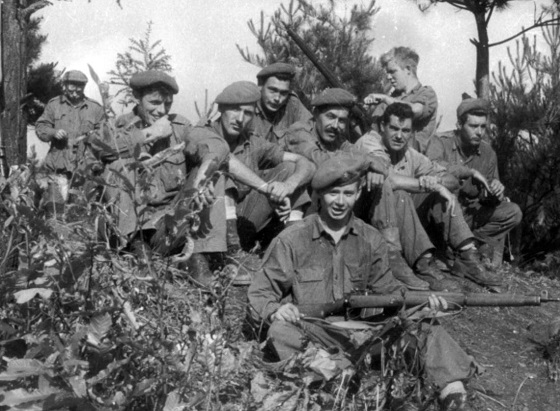
 armed forces1 day ago
armed forces1 day agoIt’s time for Canada to remember, the heroes of Kapyong
-

 Daily Caller2 days ago
Daily Caller2 days agoMcKinsey outlook for 2025 sharply adjusts prior projections, predicting fossil fuels will dominate well after 2050
-

 Business2 days ago
Business2 days agoTrump: Americans to receive $2,000 each from tariff revenue
-
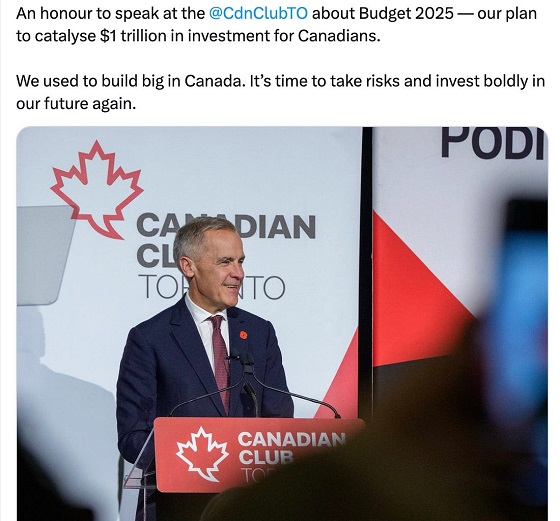
 Business1 day ago
Business1 day agoCarney’s Floor-Crossing Campaign. A Media-Staged Bid for Majority Rule That Erodes Democracy While Beijing Hovers
-

 Agriculture2 days ago
Agriculture2 days agoFarmers Take The Hit While Biofuel Companies Cash In
-

 Housing2 days ago
Housing2 days agoTrump advancing 50-year mortgage to help more Americans buy homes
-

 Frontier Centre for Public Policy2 days ago
Frontier Centre for Public Policy2 days agoNotwithstanding Clause Is Democracy’s Last Line Of Defence
-

 Business13 hours ago
Business13 hours agoLiberals refuse to disclose the amount of taxpayer dollars headed to LGBT projects in foreign countries






